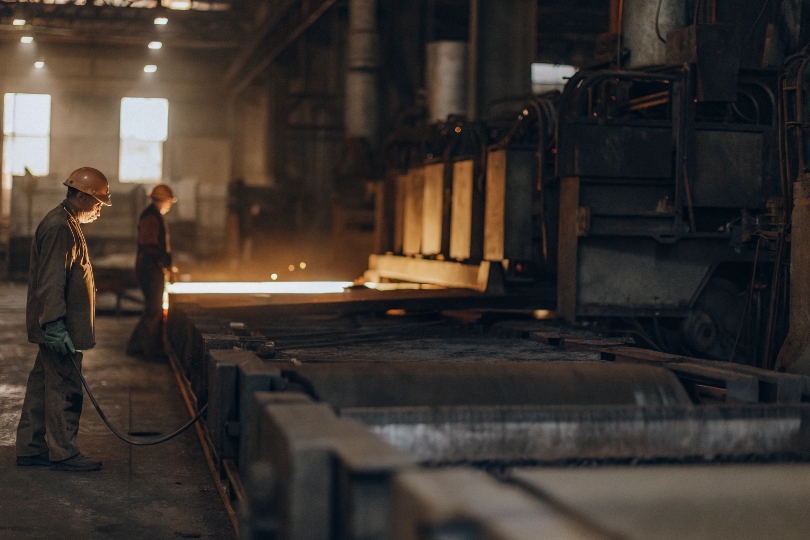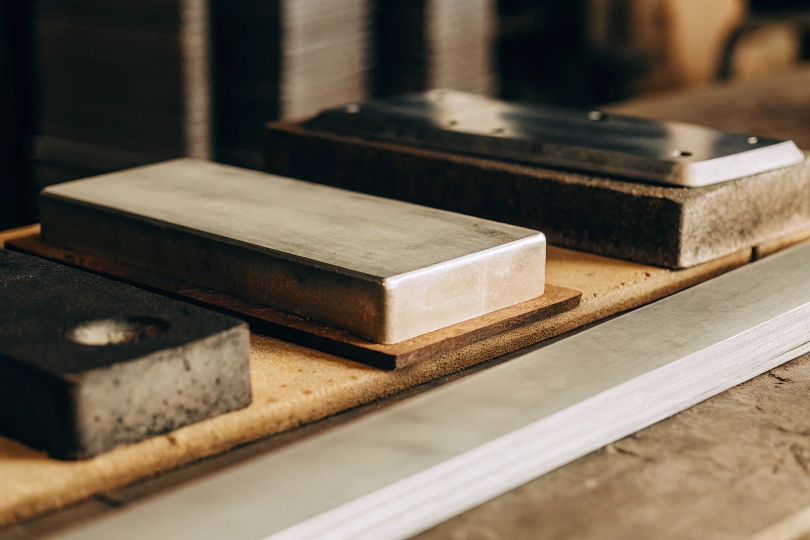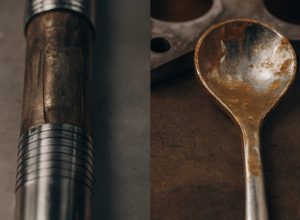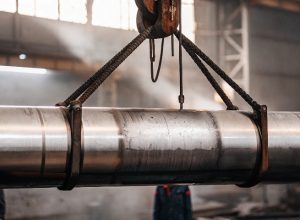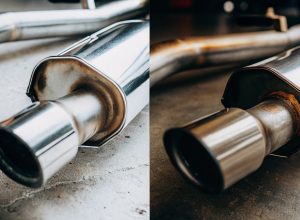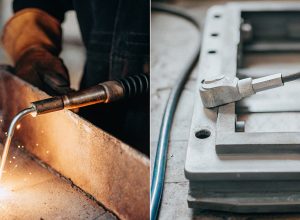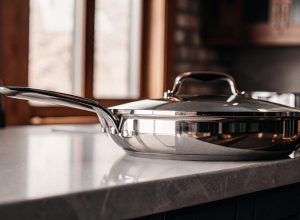Worried about material safety? You hear "titanium" and "nuclear" and wonder about radiation risks. This uncertainty can stop projects, especially in sensitive fields like medical devices. I’ll clarify the facts.
Pure titanium and its common alloys are completely non-radioactive and safe. They do not emit any harmful radiation. The idea it might be radioactive is a common misunderstanding due to its use in the nuclear industry for non-shielding purposes, like structural components.
So, where does this confusion come from? It’s easy to connect the dots incorrectly. When a material is used in a nuclear power plant, people often assume its purpose is radiation shielding. For titanium, that’s not the case. Its role is completely different, based on a unique set of properties that have nothing to do with radioactivity. This distinction is critical for anyone sourcing or stocking titanium, like my client Ahmed, a metal distributor in Turkey. He needs to assure his customers, especially those in the medical sector, that the material is 100% safe. Let’s break down the details, starting with the most basic question.
Is Titanium Radioactive or Not?
You need absolute certainty about the materials you stock for your customers. Are there hidden risks? Trace contaminants in other metals can be a big problem. You can’t afford that risk.
Titanium itself is a stable, non-radioactive element. Any potential for trace radioactivity comes from naturally occurring radioactive elements in the raw ore. However, a controlled refining process using ASTM-compliant titanium sponge ensures these contaminants are virtually eliminated, making the final product safe.
From Raw Ore to Pure Metal
The journey of titanium from the ground to a finished product is what guarantees its safety. The element Titanium (Ti), with the atomic number 22, is inherently stable. It does not decay or emit radiation. The concern starts at the very beginning, with its source ores, primarily ilmenite and rutile. These mineral sands can sometimes contain tiny, trace amounts of naturally occurring radioactive elements like uranium and thorium. This is true for many minerals extracted from the earth.
However, the purification process is extremely effective at removing these impurities. The Kroll process, the standard method for producing commercial titanium, involves converting the ore into titanium tetrachloride (TiCl4) gas. This step separates the titanium from most of the solid impurities. Then, the gas is reacted with magnesium in an inert atmosphere, resulting in a highly pure "titanium sponge." My partners in Xi’an only use sponge that meets strict ASTM standards, and for sensitive applications like medical, we often request XRF (X-ray fluorescence) testing. This test confirms the material’s composition and ensures the absence of any unwanted elements.
This table shows the simplified purification journey:
| Stage | Process | Purity Goal |
|---|---|---|
| 1. Ore Mining | Extracting rutile/ilmenite | Raw material with impurities |
| 2. Chlorination | Creating TiCl4 gas | Separates titanium from solid impurities |
| 3. Reduction | Kroll Process (using Mg) | High-purity Titanium Sponge |
| 4. Testing | XRF Analysis | Confirm absence of contaminants |
I once worked with a client sourcing titanium for dental implants. Their concern was absolute biological safety. We provided them with the full material certificate, tracing the Grade 23 titanium right back to its tested sponge batch. This level of traceability gave them the total peace of mind they needed to supply their customers.
Is Titanium a Good Radiation Shield?
You see titanium used in nuclear plants. You logically assume it’s for shielding. But this assumption could lead you to specify the wrong material for a critical application. We need to understand its true role.
Titanium is not a good shield for high-energy radiation like gamma rays or X-rays. While it can block alpha and some beta particles, its low density makes it much less effective than materials like lead or tungsten for any serious radiation protection.
Density is Key for Shielding
A material’s ability to stop powerful radiation, like gamma rays, depends heavily on two things: its density and its atomic number. A denser material has more atoms packed into the same space. This means there are more electrons and atomic nuclei for the radiation to collide with, lose energy, and eventually be stopped. Titanium, famous for its light weight, has a density of about 4.5 g/cm³. In contrast, lead has a density of 11.3 g/cm³, more than double that of titanium.
So why is titanium used in nuclear facilities? Its job isn’t to block radiation. Its value is in its incredible corrosion resistance and high strength-to-weight ratio. Nuclear power plants, especially those near the coast, use huge amounts of seawater or treated water as a coolant. This water is highly corrosive. Titanium parts, such as heat exchanger tubes, pipes, and valves, can withstand this corrosive environment for decades without failing. A steel component might last only a few years. Titanium ensures the structural integrity and long-term reliability of the cooling system, which is vital for the plant’s safe operation.
Here’s how it compares to traditional shielding materials:
| Material | Density (g/cm³) | Effectiveness vs. Gamma Rays | Primary Nuclear Use |
|---|---|---|---|
| Lead | 11.34 | Excellent | Shielding |
| Tungsten | 19.25 | Excellent | Shielding, high-density parts |
| Titanium | 4.51 | Poor | Structural, Corrosion Resistance |
I recently advised an engineering firm designing a heat exchanger for a coastal desalination plant, which uses technology similar to a power plant cooling system. They chose Grade 2 titanium tubing not for any shielding properties, but because it was the only material that could guarantee a 40-year lifespan in constant contact with hot, corrosive saltwater. Its role was structural reliability.
What Material Stops Most Radiation?
You need to know the best material for a specific job. When is titanium not the answer? Choosing the wrong material for radiation shielding is a critical failure. Let’s look at the top-tier materials.
The most effective materials for stopping high-energy radiation are those with high density and high atomic numbers. Lead is the most common, while tungsten and depleted uranium offer even greater shielding performance and are used in more specialized applications.
The Right Tool for Each Type of Radiation
Not all radiation is the same. To choose the right shield, you have to know what you’re trying to stop.
- Alpha Particles: These are relatively large and weak. A simple sheet of paper or even the outer layer of your skin can stop them. Titanium blocks them with no effort.
- Beta Particles: These are smaller and more energetic. They can be stopped by a thin sheet of a denser material like aluminum. Titanium also blocks beta particles effectively.
- Gamma Rays & X-rays: This is high-energy electromagnetic radiation. It has no mass and can penetrate deep into materials. Stopping it requires very dense materials with a high atomic number. This is where titanium falls short.
The best materials for shielding against gamma rays are:
- Lead (Pb): This is the industry standard. It is very dense, relatively inexpensive, and easy to mold and machine. The apron you wear during a dental X-ray is lined with lead for this reason.
- Tungsten (W): Even denser than lead, tungsten can provide the same level of shielding in a thinner layer. This makes it valuable in medical applications where space is limited, such as in radiation therapy machines. However, it is much more expensive and difficult to work with.
- Depleted Uranium (DU): As the densest material available for this purpose, DU offers the maximum shielding in the smallest possible volume. It is used in highly specialized medical and industrial radiography applications.
For a distributor like Ahmed, this knowledge is key. It’s important to understand where titanium excels and where it doesn’t. He can confidently sell titanium for its intended purposes—in aerospace, medical implants, marine hardware, and chemical processing—while guiding clients who need radiation shielding toward the correct materials, like lead or tungsten.
Conclusion
Titanium is safe, non-radioactive, and not a primary radiation shield. Its true value lies in its strength, light weight, and unmatched corrosion resistance in the most demanding industrial applications.



